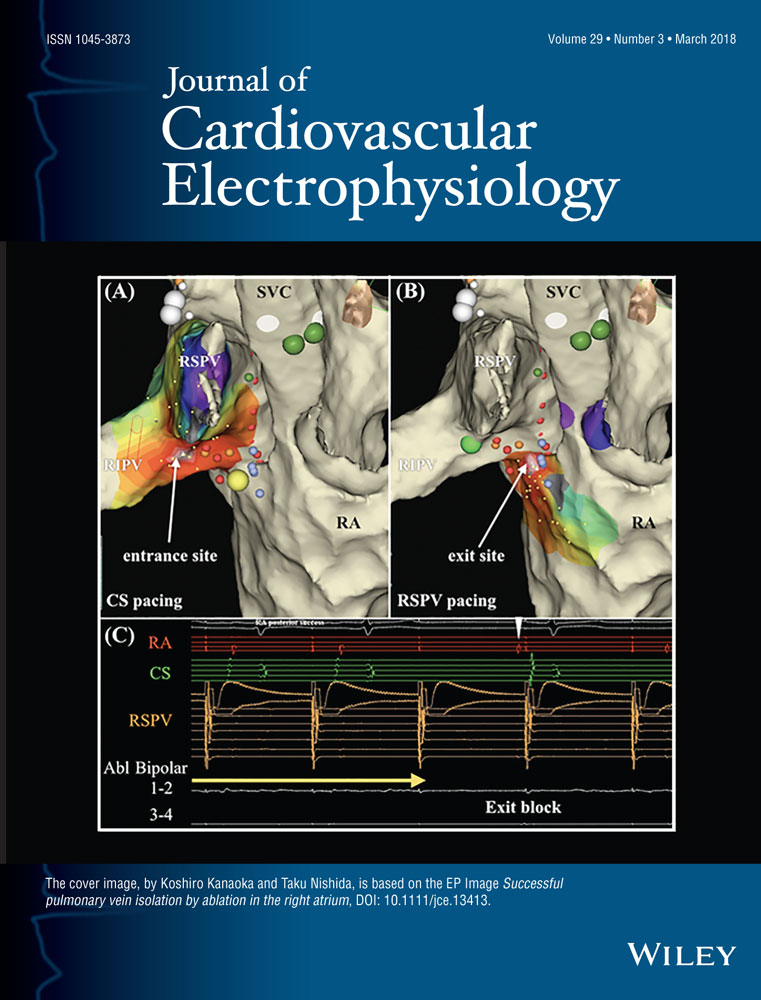Troubleshooting electromagnetic interference in a patient with centrifugal flow left ventricular assist device and subcutaneous implantable cardioverter defibrillator
This manuscript was processed by a guest editor.
S. Donnelley and V. Allavatam are employed in the Engineering department of Boston Scientific. Other authors: No disclosures.
Abstract
A 25-year-old man with severe nonischemic dilated cardiomyopathy underwent subcutaneous implantable cardioverter defibrillator (S-ICD) implant and subsequently underwent HeartWare ventricular assist device (HVAD) placement. Postoperative interrogation revealed both primary and secondary S-ICD vectors inappropriately regarded sinus rhythm as “noise,” and the alternate vector significantly undersensed sinus rhythm. The S-ICD was reinterrogated using high-resolution capture to visually confirm EMI with a dominant frequency in both the primary and secondary vectors of 46.67 Hz that fell within the S-ICD operational range of 9–60 Hz. The 46.67 Hz frequency correlated with the HVAD operational speed of 2,800 RPM. The HVAD pump speed was increased from 2,800 to 3,000 RPM, resulting in a dominant frequency of 50 Hz. The notch filter is nonprogrammable in S-ICDs. However, the built-in filter is 50 Hz for countries in European time zones as opposed to 60 Hz in US time zones due to differences in the anticipated noise from electrical sources within each continent. Thus, the S-ICD time zone was reprogrammed from EST to GMT, which reduced the notch filter from 60 to 50 Hz, resulting in S-ICD successfully eliminating EMI when the patient was in a supine position. The EMI interference was still intermittently present in the upright patient position. This case demonstrates the utility of high-resolution electrogram capture to identify the source and frequency of EMI in S-ICD and offers a potential avenue to troubleshoot dominant frequency oversensing by changing the device time zone.




